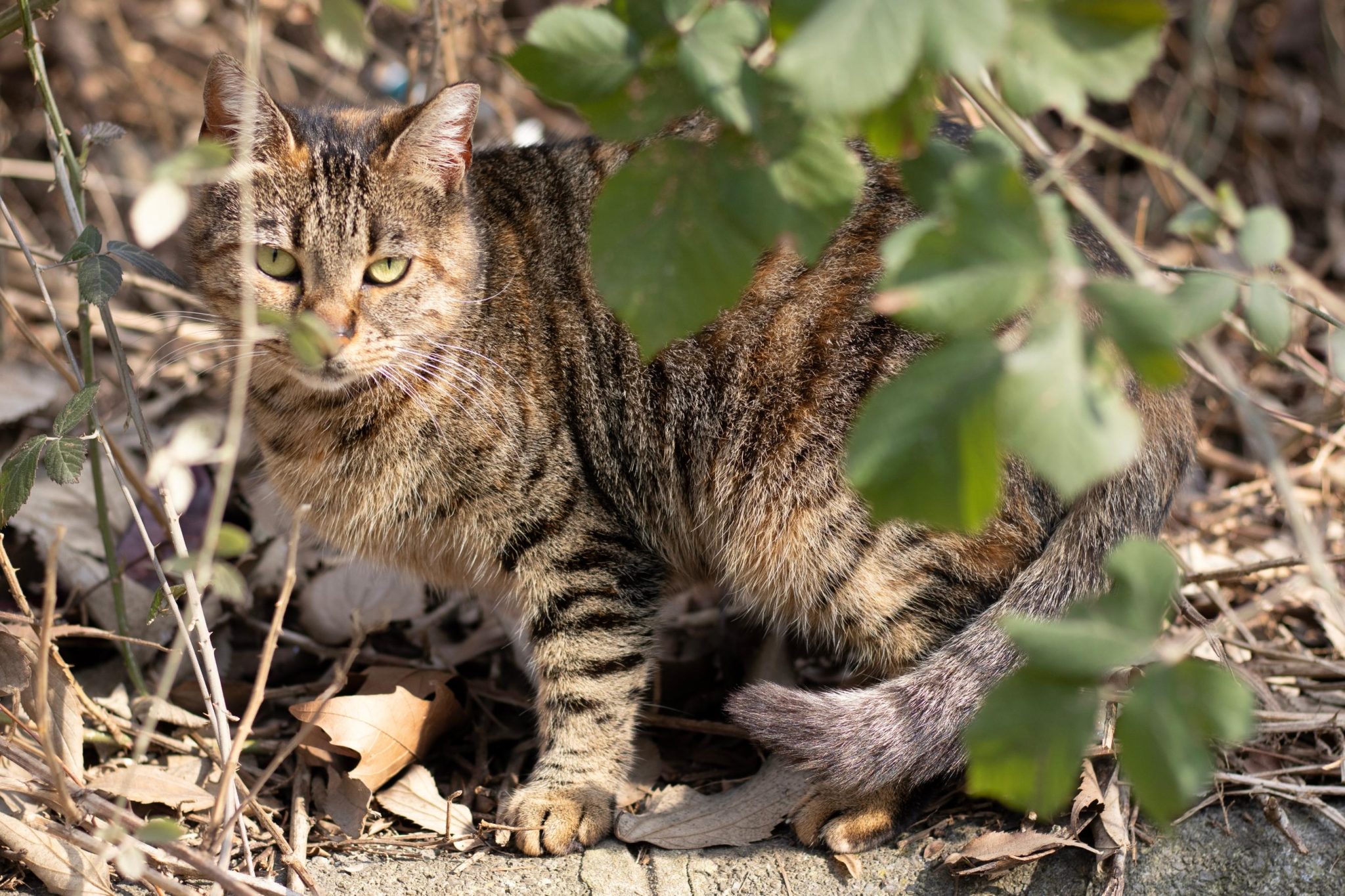It’s no secret that people have made an absolute mess of our surroundings. Deforestation, oil spills, strip mining, air air pollution, water air pollution – lets pass on without end in regards to the nice giant carbon footprint we’ve left on the planet. Probably the most some ways during which we’ve led to calamity in Earth’s ecosystems is throughout the advent of animal species into puts they shouldn’t be, with one of the vital fatal examples, sadly, being of the tom cat selection.
Once we discuss invasive animal species, feral cats (now not simply stray, homeless, or deserted kitties) are a number of the maximum harmful. Having already contributed to the extinction of greater than 33 species of birds, mammals, and reptiles1, their have an effect on on international biodiversity has been catastrophic. Even supposing feral cats is also discovered on nearly each and every continent, island ecosystems like Hawaii and Australia are essentially the most susceptible. Geographical isolation and a loss of massive predators have led to refined ecosystems the place smaller animal species had been allowed to flourish. When cats had been intentionally or by chance launched into those spaces, they turned into like children in a sweet retailer.
 Courtesy Stephanie Todd
Courtesy Stephanie Todd
During the last century or so, a lot of makes an attempt had been made to carry those feral tom cat populations underneath keep watch over, however few can declare any important luck. On the other hand, in accordance to a few promising effects coming from a rewilding venture in Australia, there is also some mild on the finish of this tragic tunnel.
Herbal Landscapers
As soon as essentially the most prolific macropod in Australia, bettongs are amongst many small marsupial species whose numbers have dwindled within the two centuries since Australia’s colonization. Weighing not up to 5 kilos, those diminutive ‘rat kangaroos’ had few defences in opposition to competitive agricultural land clearing and the stealthy looking kinds of offered predators like cats and foxes.
Chloe Frick, a PhD candidate in Ecology from The College of Adelaide, has been digging deep into the a hit reintroduction of the severely endangered Brush-tailed Bettong (Bettongia penicillata ogilbyii) in South Australia’s Yorke Peninsula. Referred to as woylie to the indigenous Noongar other people and yalgi/yalgiri to the Narunggain, the brush-tailed bettong performed an important position in ecosystem stabilization as they dig and switch the soil, spreading seeds and natural topic, of their hunt for meals.
The Marna Banggara Mission, named in honor of the Conventional Custodians of the land, has been making exceptional growth in restoring herbal plant and animal species to the world, thank you largely to the landscaping talents of the bettongs.
 Symbol Credit score: Artem Naydenov_Shutterstock
Symbol Credit score: Artem Naydenov_Shutterstock
Even supposing perimeter fencing and predator keep watch over measures had been installed position, mavens agree that there’s little to no likelihood that the world will ever be utterly rid of feral cats and foxes. And but, contemporary tracking of the area has published that those tiny marsupials are thriving, with one inhabitants having doubled to round 400 animals in not up to two years.
Researchers imagine that the mix of predator keep watch over strategies and the enhanced crops density, made conceivable by way of the bettong ‘soil engineers,’ can have allowed one thing of a herbal stability to shape between local and invasive animal species. Some current populations of bettong have controlled to persist in different portions of the rustic occupied by way of feral cats, however the Marna Banggara venture is the primary time that an animal species has been effectively reintroduced to a space inhabited by way of invasive predators, and it is a supply of a lot hope for long term ecological endeavors.
A New Commonplace?
It will appear quite pessimistic to just accept that puts like Australia won’t ever be rid in their feral cat invaders, however additionally it is lifelike. However moderately than be defeated by way of this truth, possibly we will be able to really feel inspired by way of what the groups in South Australia have completed. Supporting the go back of local crops and animals to spaces which have been ravaged by way of overpredation and human invasion may also be a hit, even within the face of a persisting feral cat inhabitants.
Whilst the warfare in opposition to invasive species rages on, the way forward for endangered local animals is having a look a bit of brighter. The place previous efforts have targeted totally on removing predators or expanding local animal populations, the Marna Banggara venture is discovering luck in a extra ‘holistic’ solution to restoring stability. The mixed efforts of predator keep watch over, environmental restore, and local animal rewilding may carry a couple of ‘new normal’ for ecosystems, wherein local species can flourish along feral cats, moderately than hinge on their not likely eradication.
Tasks like it will simplest be successful with our assist. To assist enhance WWF – Australia, click on right here.
Extra From Weekly Mews:
LA’s Greatest Hepper Match is Again: CatCon Celebrates tenth Anniversary
A Virus Scientist’s Secret Weapon: His Hepper, Pepper
All Aboard: Meet the Huddersfield Educate Station Cats
Characteristic Symbol Credit score: TAMER YILMAZ, Shutterstock
Did You Know?
Our breaking information articles are featured in our weekly emails. Don’t fail to notice the newest and join our e-newsletter under!







